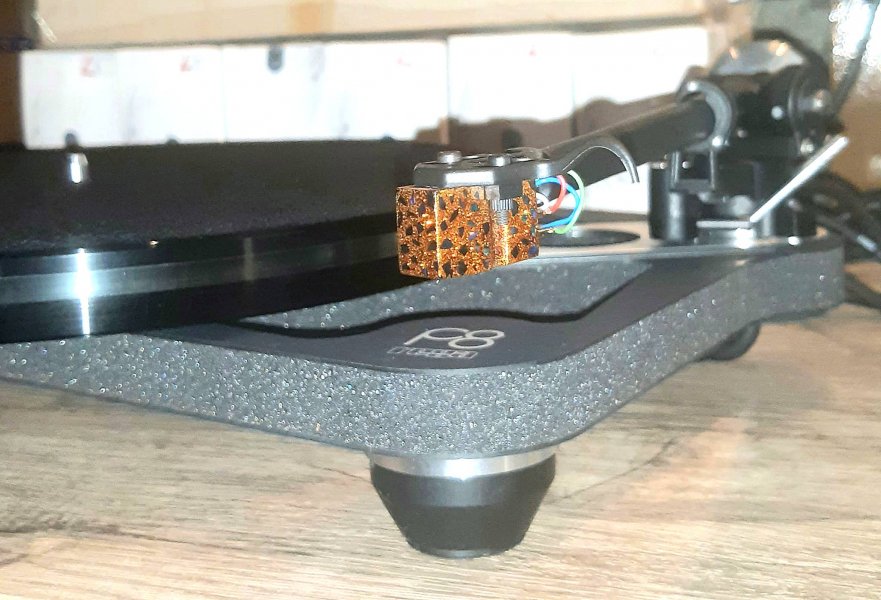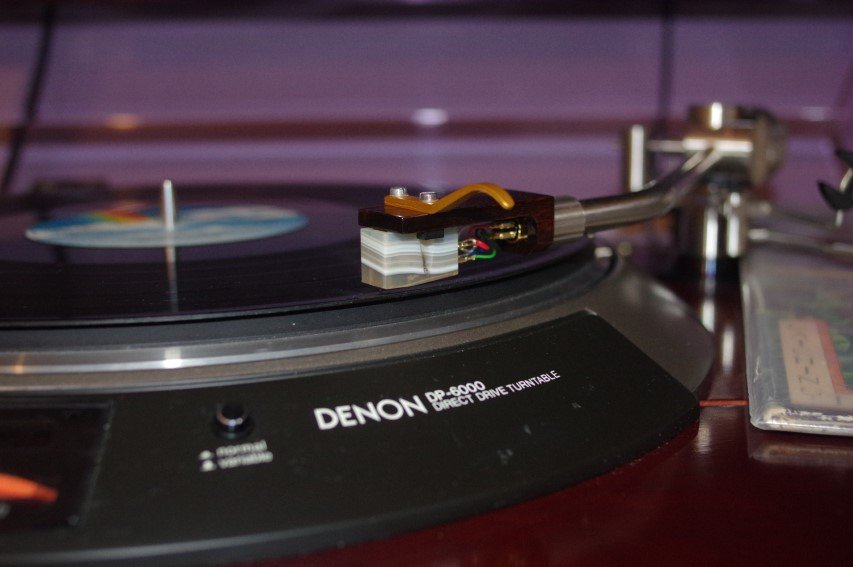Hi
@tima,
There is a LOT to your questions. Will do my best...
I do not document cartridge/tonearm pairings of my clients either for determining the question of whether they have enough tonearm height adjustability range to suit the needs of their specific cartridge nor do I "watch out for" their cartridge/tonearm resonant behavior. Here are my reasons for doing so.
1. Published compliance ratings of cartridges tend to be HIGHLY suspect in accuracy. I doubt they are often even done properly in the first place.
2. Published ratings do not usually specify horizontal vs vertical compliance ratings - which can quite important to know.
3. Manufacturers use at least three different measurement methods to arrive at a cu rating yet they often do not publish which method they used. This point is very important to have because depending upon which method they used you need to apply an equalizing formula to the results to be able to "compare apples with apples".
4. I cannot prove this yet, but I think the 8Hz lower limit for cartridge/tonearm resonance is too high for better transcription rigs with reasonably flat records. The 8Hz limit is putting an unnecessary design limit on tonearms to sound better by having higher effective mass. I know how to attempt to prove this but I just can't make time and resources for it yet.
5. Since our solutions generally involve ADDING mass rather than removing it, I do not worry about exacerbating the high frequency limit of the cartridge/tonearm resonance.
6. Clients can choose to use the shim to get them at the right angles or they can use the single-bladed WallyReference tools to do the same. I will tell them over the phone that they are not likely to get their tonearms to accommodate the SRA/VTA correction if such correction is "significant". It is up to them to try - or not try - without the shim. The beauty of the shim on tonearms with removable headshells means you can have multiple cartridges on their own headshells with shims and (as long as the shims are equalized for height of the tallest cartridge in the stable) they can change cartridges within 1-2 minutes and have all parameters perfect.
I aim at 92 degrees dynamic (or 91 degrees if I have just too high VTA to try to get downward) for the clients and do NOT re-measure once mounted. They use the WallyReference to ensure their "reference" is same as my "reference" and that's all that is necessary to get them spot-on.
I hope that helps. Thanks tima!









